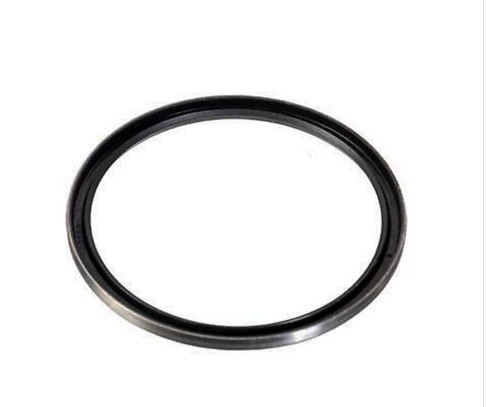bonded seal 3 8
Understanding Bonded Seals A Deep Dive into Efficiency and Reliability
In the industrial world, the quest for reliability and efficiency in sealing mechanisms is paramount. One innovative solution that has gained significant traction is the bonded seal, a component that has become essential in various applications, notably in the automotive and manufacturing sectors. The term bonded seal typically refers to a specific type of seal designed to offer superior sealing performance while being easy to install. This article will explore the characteristics, applications, and benefits of bonded seals, focusing particularly on the Bonded Seal 3 8, a popular size in the industry.
What is a Bonded Seal?
A bonded seal is essentially a composite sealing solution that integrates a rubber O-ring and a metal washer. This combination creates a robust sealing mechanism that is particularly effective in high-pressure and high-temperature environments. The rubber O-ring provides a compressible medium that conforms to the surfaces being sealed, while the metal washer serves as a rigid support structure that prevents the O-ring from extruding. When bolted together, this assembly creates a highly effective barrier against liquids, gases, and other contaminants.
The Bonded Seal 3 8 Specifications and Applications
The Bonded Seal 3 8 refers to a specific size of bonded seal, typically indicating a 3/8-inch diameter for the inner hole. This size is commonly used in hydraulic and pneumatic applications, where tubing and fittings easily fit this dimension. These seals are often found in various systems, including automotive engines, hydraulic machinery, and aircraft components, where reliable sealing is crucial.
One of the most significant advantages of the Bonded Seal 3 8 is its versatility. Industries such as automotive, construction, and oil and gas frequently choose this size due to its ease of use and effectiveness in creating leak-proof joints. In an automotive context, for example, these seals can be found in oil pans, transmission components, and other critical areas where oil containment is essential.
Benefits of Using Bonded Seals
bonded seal 3 8

1. Enhanced Sealing Performance The design of bonded seals allows for a better seal compared to traditional flat washers or simple O-rings. The metal washer prevents the O-ring from failing under compression, which is particularly important in high-pressure systems.
2. Ease of Installation Bonded seals can be installed quickly and easily, helping to reduce assembly time in manufacturing processes. This ease of use is a significant advantage in production settings where efficiency is critical.
3. Reduced Risk of Leakage Given their composite nature and the way they are engineered, bonded seals provide an extremely low risk of leakage over time. This characteristic is vital in ensuring system longevity and performance, particularly in fluid management applications.
4. Durability and Chemical Resistance The materials typically used in bonded seals are designed to withstand a variety of environmental conditions, including exposure to oils, fuels, and high temperatures. This durability makes them suitable for a range of industrial applications.
5. Cost-Effectiveness While the initial investment in bonded seals may be slightly higher than that of traditional sealing methods, the longevity and reliability they provide can yield significant cost savings over time by reducing maintenance and replacements.
Conclusion
The Bonded Seal 3 8 epitomizes the advances in sealing technology that meet the demands of modern industrial applications. Its unique design offers enhanced performance, durability, and reliability, making it a preferred choice across various sectors. As businesses continue to seek ways to improve efficiency and system integrity, bonded seals will undoubtedly remain a crucial element in the toolkit of engineers and manufacturers alike. Understanding their benefits and applications is essential for anyone involved in manufacturing, design, or maintenance—a step towards ensuring a leak-free future in numerous applications.
-
Understanding Automotive Oil Seals: Essential Components for Engine and Shaft Protection
News Jul.30,2025
-
The Importance of Heavy Duty Seals in Industrial and Residential Applications
News Jul.30,2025
-
Exploring Industrial Oil Seals: From Felt Oil Seals to TTO and CFW Solutions
News Jul.30,2025
-
Essential Guide to Oil Seals: From Radial to Metal-Cased Seals for Industrial Reliability
News Jul.30,2025
-
Choosing the Right Oil Seals and Gaskets for Industrial and Automotive Applications
News Jul.30,2025
-
Cassette Seals: Durable Sealing Solutions for Harsh Environments
News Jul.30,2025
-
Understanding the Front Main Engine Seal: Purpose, Maintenance, and Installation
News Jul.29,2025
Products categories















